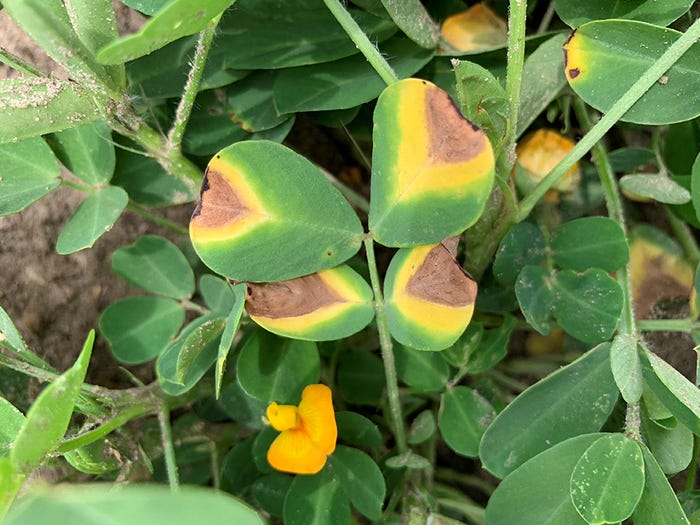
Something happened yesterday while visiting with a peanut farmer in Colquitt County, Ga., that hadn’t happened for what seemed like a very long time. I had to use my windshield wipers.
While the raindrops were little more than enough to smear the thick dust that caked my windshield, it gave me hope that over the next few days, we may get some much-needed rain. May was a month of extreme, unexpected weather in Georgia. The brutal heat and drought punished a young crop leading to any number of problems.
As a plant pathologist traveling the backroads, I was able to clearly observe the diseases common in many of our fields, peanut and otherwise, and the predictable impact that the brutal weather had on some of these diseases.
“What are you seeing in the field?” is a question I get throughout the season from growers anxious to prepare for the diseases they may face. Diseases are the result of many factors, but perhaps most important are cropping history, variety planted, weather and crop development. Knowing something about these factors helps growers anticipate the problems that they must battle.
Much of our 2019 peanut crop is no more than six weeks old. Several diseases are typically observed during this emergence and seedling-stage. Though management of these diseases often requires decisions made well before the symptoms appear, still it is important for growers to be able to recognize these problems so as to best able to manage them in the future, if not now.
Included here are images of some of the diseases and symptoms that can appear like diseases that I have commonly seen this year. Some of them may impact yield, others may not. Still, it is always a benefit to growers if they can recognize and identify problems as they develop in their fields.
About the Author(s)
You May Also Like






